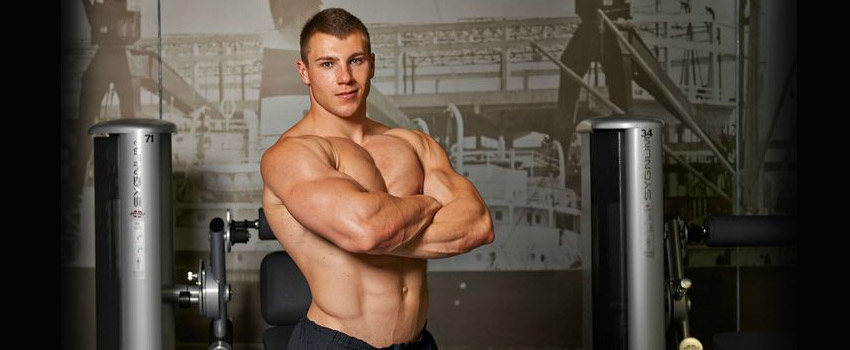When getting in full training mode, it would be quite beneficial to know the key fitness measurements in order be able to follow and track your training progress.
This is how you should build your fitness profile.
- Body Composition
This is the one test no athlete should ignore and not know of, according to McArdle. Knowing your body fat percentage it’s the most important indicator that not only provides motivation, but is also a clear health mark. In order to get an accurate measurement of your body composition at home, you’ll need a skin fold caliper, a simple plastic tool that pinches your skin to measure thickness.
McArdle recommends you to measure skin thickness in exact seven locations where you can then enter the data to calculate your body fat percentage and lean weight, which is then compared to average of the general population.
“Body comp not only has a huge impact on athletic performance, but also on health, McArdle says. “How much fat mass you have communicates a lot about what the other test results are going to be.”
- Cardiorespitory capacity (VO2Max)
You’ve probably seen footage of elite athletes running on treadmills while wearing masks that make them look like they just stepped off a combat zone, well that`s the lab test used to measure VO2max. The masks are used to calculate how much oxygen athletes can gulp and how efficiently they can utilize the oxygen under exertion.
If you are an endurance athlete, VO2max is the key indicator to increase your current fitness level. And, you don’t need a lab to measure it, just a track and a stopwatch.
The way you do the test is after a warm up, you need to run as fast and far as you can in 12 minutes. That distance will allow an online calculator to determine your estimated VO2max.
You can improve on that endurance indicator through standard endurance training plans, but McArdle says what you eat can also be a big factor. “Just by diet you can change it, just by decreasing any excess fat mass,” he says.
- One – Rep Max
This one is the easiest way to measure improvements in the gym.
“If someone has a lot of weightlifting experience, I suggest they try to measure directly, meaning to try to find the amount of weight needed to perform exactly one repetition,” McArdle says. But, this is a recommendation only for experienced lifters. Weightlifting novices should not try to lift as much as they can in just one rep.
Instead, they can use the Brzycki equation, which converts a multi-rep set into an estimate of what your one-rep max should be.
- Muscular Endurance
The standard measurements for muscular endurance come from the push-up and sit-up test.
The push-up test, defines the number of reps you can perform using the correct form.
The sit-up test is timed, measuring how many reps you can complete in 60 seconds using proper form: a partner stands on your feet; your hands are clasped behind your neck, and your elbows touch or move past your knees with every rep.
McArdle also recommends seeing how long you can hold a standard plank. There are no comparative numbers so you can only measure how much you improve, but McArdle says core strength is an essential indicator of overall fitness.
- Flexibility
An exercise you`ve performed in your elementary school gymnasium, the sit-and-reach test is still a standard when measuring for flexibility.
Although results will likely be more accurate, you don’t need a standard sit-and-reach box to complete the test. The only things you need are a tape measure and someone to help you out. Without shoes, sit down on the ground with your feet pressed against a flat surface like a step.
Have the partner measure six inches from the edge of the step toward you to establish the starting position of the tape measure. From that spot extend the tape measure out and begin to slowly lean forward. Continue forward as far as you can without bending your knees, measuring the distance you are able to reach.


